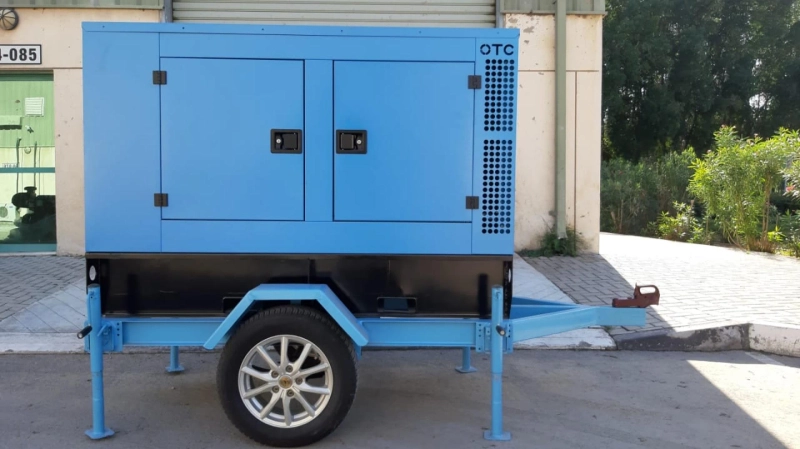Diesel generators are mechanical-electrical devices that use diesel fuel to generate power. They are utilized as the primary power source or to supply power in the event that the main power supply is interrupted by the residential, business, nonprofit, and governmental sectors. There are two components of diesel generator
Diesel Engine:This is using to generate motion in generator.
Alternator: This part generates a charge by rotating a magnet in the middle of conductors using the movement that is created.These two components works together and works as diesel generator as we know today.
1.i) Rudolf Christian Karl Diesel – Diesel Engines:
Rudolf Christian Karl Diesel German thermal engineer was born in Paris in 1858 in Germany. He grew up in Paris until the Franco-German war and after that deported to England in 1870. Later, he had an outstanding academic record in engineering at the Technische Hochschule (Technical High School) in Munich. Carl von Linde, a refrigeration expert whose Parisian company he joined in 1880, was his mentor in Munich. Diesel set goal for himself was to create an internal combustion engine that would nearly match the Carnot cycle's theoretical efficiency. He used ammonia to experiment an expansion engine for a while. He had the idea for the diesel engine about 1890, while he shifted and got to a new position with the Linde firm in Berlin. He published a description of his engine under the title “Theory and Construction of a Rational Heat Motor”. He created a number of more successful versions which culminated in his display of a 25-horsepower, four-stroke, single vertical cylinder compression engine in 1897. Because of its high efficiency and straightforward design, Diesel's engine was immediately a commercial success.
ii) Michael Faraday – Electrical GeneratorsMichael Faraday was a physic and chemist born in Surrey, England, in 1791. He gave immense contribution the understanding of electromagnetism. His main finding was electromagnetic induction in 1831 and this the first generator of
electricity. Faraday carried out an experiment that proved the connection between motion and magnetic. Thus, the electrical generator was created; however, before we could come close to the current standard, it would take numerous iterations and advancements in both alternating and direct current generators. The development of the electrical generator was greatly aided by individuals such as Ganz Works, Sebastian Ferranti, Lord Kelvin, and Hippolyte Pixii.
The first use of diesel engine is coupled with electrical generator was meant to be for industrial application regarding to Rudolf Christian Karl Diesel , such as water pipeline, power pipelines and electric plants. As design improved it’s efficiency also got improved and the diesel generator applied to both mines and oil field.
From the stereotype of diesel generator as heavily, oversized, heavy, and unwieldy; becoming to more efficient, lighter and environment friendly. These days, many generators come with integrated acoustic barriers and insulation, vibration-reducing mounts, more fuel-efficient engines, and increased compactness. They are designed with less massive and polluting and nowadays power electronic operates in several locations and producing large amount of generators.
Click here for more updates https://otcglobal.net/


